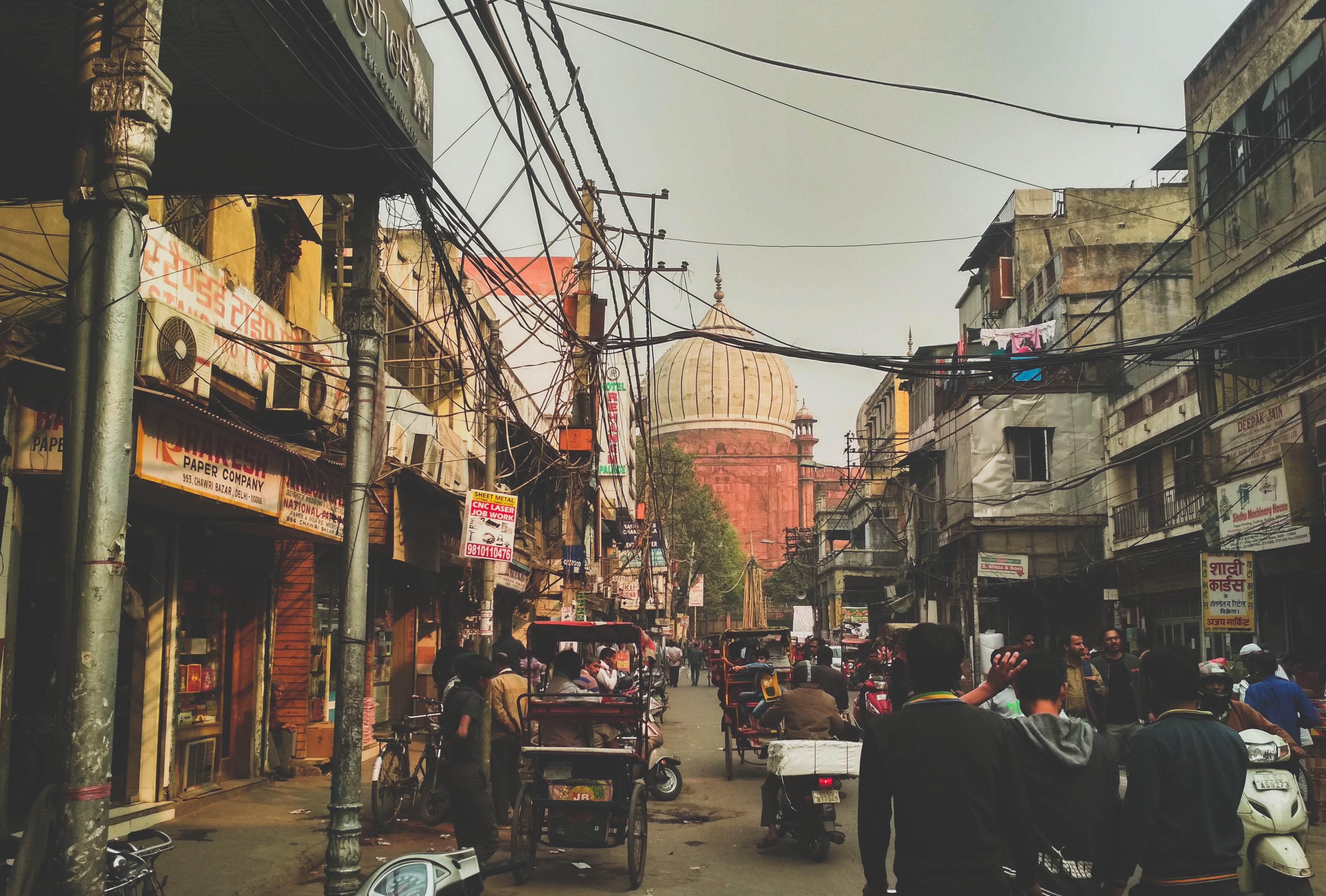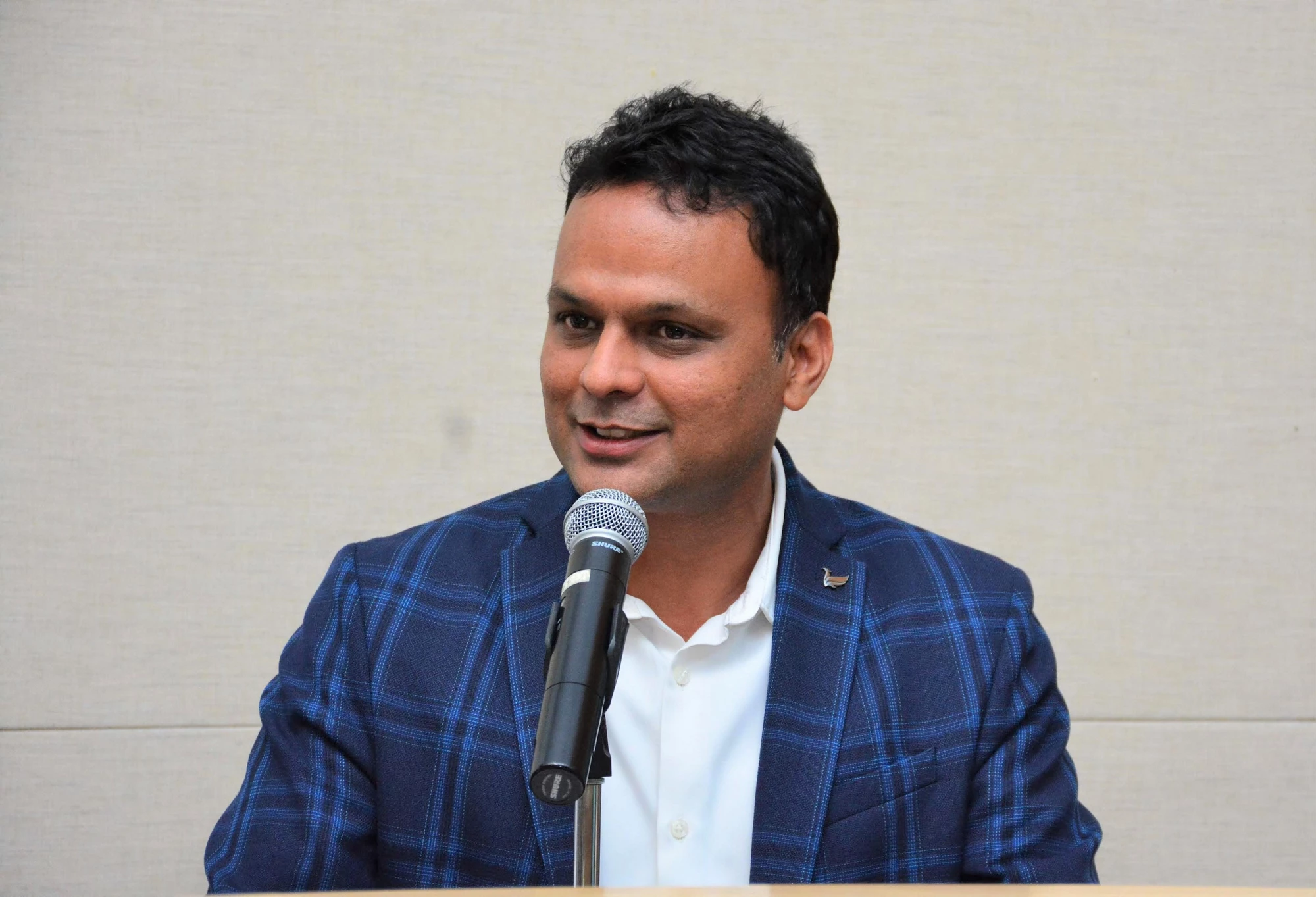When I was young, my father used to tell me that there are three basic necessities in life: roti, kapda aur makan (food, clothes and a house). Although the house was third on the list, home ownership, by far, is one of the most critical social symbols in India. It was, perhaps, also my father’s greatest pride. With a keen foresight I did not recognize then, I saw him slowly transform the roof of our house – which was just a social space and an oasis from brutal summer nights for me – into a lush garden and inviting space the kids could play and fly kites, and where adults would socialize and my mother would make mango pickles over summer.
In India, the cultural and emotional value that rooftops harness needs to be given as much, if not more importance than their economic value. Today, chasing the goal of transforming India into a solar country, I often remember my father’s thoughts.
To tell him – or millions of Indians like him -- that his rooftop could be used to generate electricity would most certainly fail to yield results; A rooftop goes far beyond just its utility value in India.
So what would?
A ‘pitch’ that can bring together the emotional, cultural, and financial nuances involved and the ultimate success it signals – like a Bollywood movie with a happy ending.
Although the potential for solar rooftops is immense in India - with its 300 days of sunshine (more than Germany or the United States, which currently lead solar rooftop development) – the process of mainstreaming solar rooftops in the country needs to be holistic. Without this, India may remain in the nascent stages of what could be a truly successful endeavor.
About three years ago, India set ambitious targets: announced an increase in energy generation from 20 gigawatts (GW) to 100 GW from clean energy, of which solar rooftop power would account for 40 GW.
The World Bank is committed to supporting India’s solar energy push. The Bank is providing more than $1 billion to support India's solar plans, starting with a Grid Connected Rooftop Solar project that aims to put solar panels on rooftops across the country. The Suprabha program (Sustainable Partnership for Rooftop Solar Acceleration in Bharat), a joint initiative by State Bank of India (SBI), Ministry of New and Renewable Energy and the World Bank have launched an awareness program to combine Indian values with a strong business case of making money with solar rooftop projects.
But till date, most solar energy in India is generated by utility scale solar/solar parks (about 24 GW), compared to rooftops (around 4 GW). To get to the 40 GW solar rooftop goal, two factors must be addressed - the cultural/ behavioral reluctance to solar rooftops, and the lack of readily available financing.
The latter is already changing.
In 2016, the Government of India partnered with the World Bank to launch a debt product with SBI, India’s largest bank. About $648 million was invested for this project, based on a strong partnership - SBI with its 22,000 branches across India and the World Bank as the first risk taker in the market.
The initial funding from SBI resulted in a domino effect – it was not long until players from private equity, commercial banks and pension funds started investing in the sector. Overall, more than $3.5 billion (4 GW) have been mobilized after the program was launched, altering the landscape for financing solar rooftops dramatically. Before 2016, less than 500 MW of solar rooftop projects were operational in India.
Though the World Bank has managed to mobilize significant funding for this project, the full impact of this initiative will be seen when large and institutional investors also participate. The Suprabha program has launched awareness programs via TV, radio and billboards to convince millions of Indians about the economic and social advantages of a solar rooftop project.
A typical Indian urban household pays 8-10 US cents per unit of electricity. A solar rooftop project can provide power at 5-6 US cents, resulting in cost savings of $25,000-$30,000 over 25 years (life span of a solar rooftop project). If Suprabha can convince even a small percentage of the 250 million households in India to install solar on the roofs of their houses, solar can help meet their three basic necessities of life: roti, kapda aur makan (food, clothes and a house). I have convinced my father; can you?
(The author would like to thank Simon Stolp and Mani Khurana for their input to this post.)



Join the Conversation